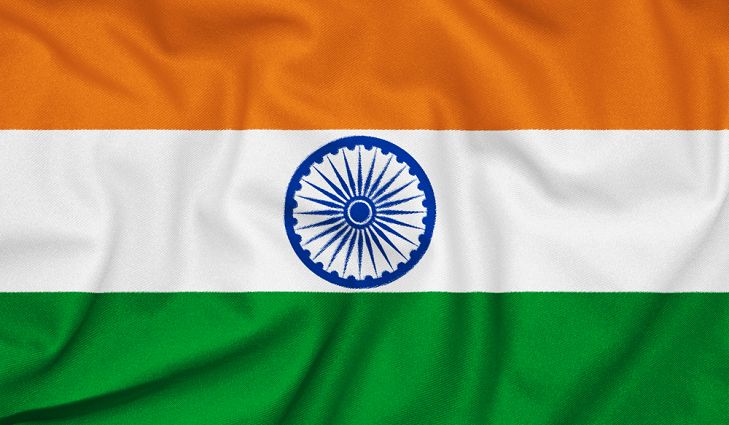
Access to quality education is critical for India to continue growing its middle class and realize its vision of becoming a global superpower. India has relatively few world-class education institutes commensurate with its population size (1.35B) and lacks sufficient capacity to meet the growing influx of students. Every year, India faces a demand-supply gap with over 33M students vying for just 26M seats across all disciplines. It is estimated that India requires 800 new universities and 40,000 new colleges to accommodate an additional 14M students annually in order to achieve the government’s goal of a 30% gross enrolment ratio (GER) by 2020.
Indian households spend an average of 10% of their disposable income on education and are sending an ever-increasing number of its students abroad to obtain a quality education. In 2017, international student numbers from India crossed the 600,000 mark, double from 300,000 only three years earlier. This figure is projected to increase to 1M students by 2020.
Key motivators for the Indian education consumer considering a foreign education include:
- Degree Mobility – an institution’s global ranking, recognition of the awarded degree/diploma (both in India and abroad)
- Visa Policies – level of ease and transparency with the study permit process, opportunities for during-study and post-study work, legal pathways for permanent residency
- Finances – education fees that deliver value for money, available funding mechanisms, good return on investment
- Employability – better salary and job prospects; acquisition of in-demand professional and technical skills, soft skill development (e.g., inter-cultural communication, team work, and problem-solving)
- Decision Influencers – feedback and advice obtained from parents, peers, teachers, and school counsellors
If an Indian education consumer had to prioritize their spending, they would typically choose to complete their Undergraduate studies in India first, followed by a Master’s/MBA or Post-Graduate Diploma abroad. The main influencer for considering an international education, particularly within the Undergraduate market segment, is unquestionably the school counsellor.
Canada continues to be one of the top destinations for Indian students going abroad, along with the U.S., U.K. and Australia. India now represents the second largest source country for international students in Canada (124,000[1]), an increase of 63% since 2016. These numbers continue to escalate at a record pace, fuelled by geo-political developments in other key markets (e.g., Brexit; U.S. Trump administration) and a growing awareness of Canada as an open society that embraces multicultural diversity.
The fact that Canada should have such a strong pull among Indian students is not surprising. For Indian students abroad, physical safety and feeling unwelcome are major concerns. Canada tends to be perceived as ethnically diverse and peaceful, with a highly reputable education system. Furthermore, Canada represents excellent value when compared with the more expensive education market in the U.S. Finally, Canada’s liberal immigration policies, which seek to attract skilled immigrants, holds strong appeal for Indian students.
India’s expanding urban middle class represents a major opportunity for Canadian institutions seeking international students. Canada offers a high quality education together with opportunities for post-study work and permanent residency, a key selling feature for the India education consumer. India is a highly price-sensitive market, so the majority of Indian students still opt for one- or two-year Post-Graduate college diplomas and certificate programs. The rationale is an optimal return on education investment: lower fees and shorter study duration without compromising pathways for employment and migration opportunities. This mindset seems more entrenched in northern India, while in southern India a greater value is placed on the overall quality of the education received, particularly at the Graduate and Post-Graduate levels.
